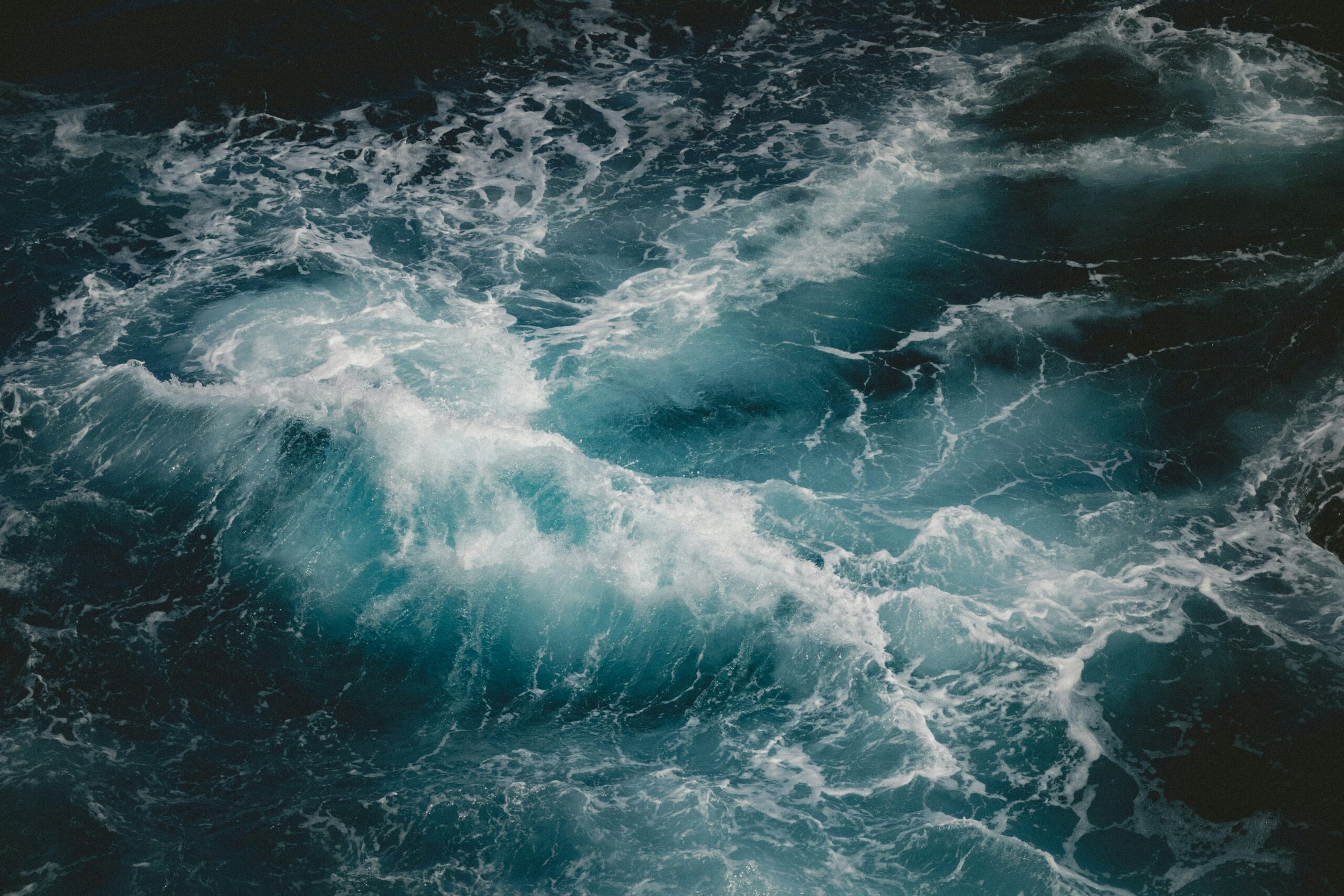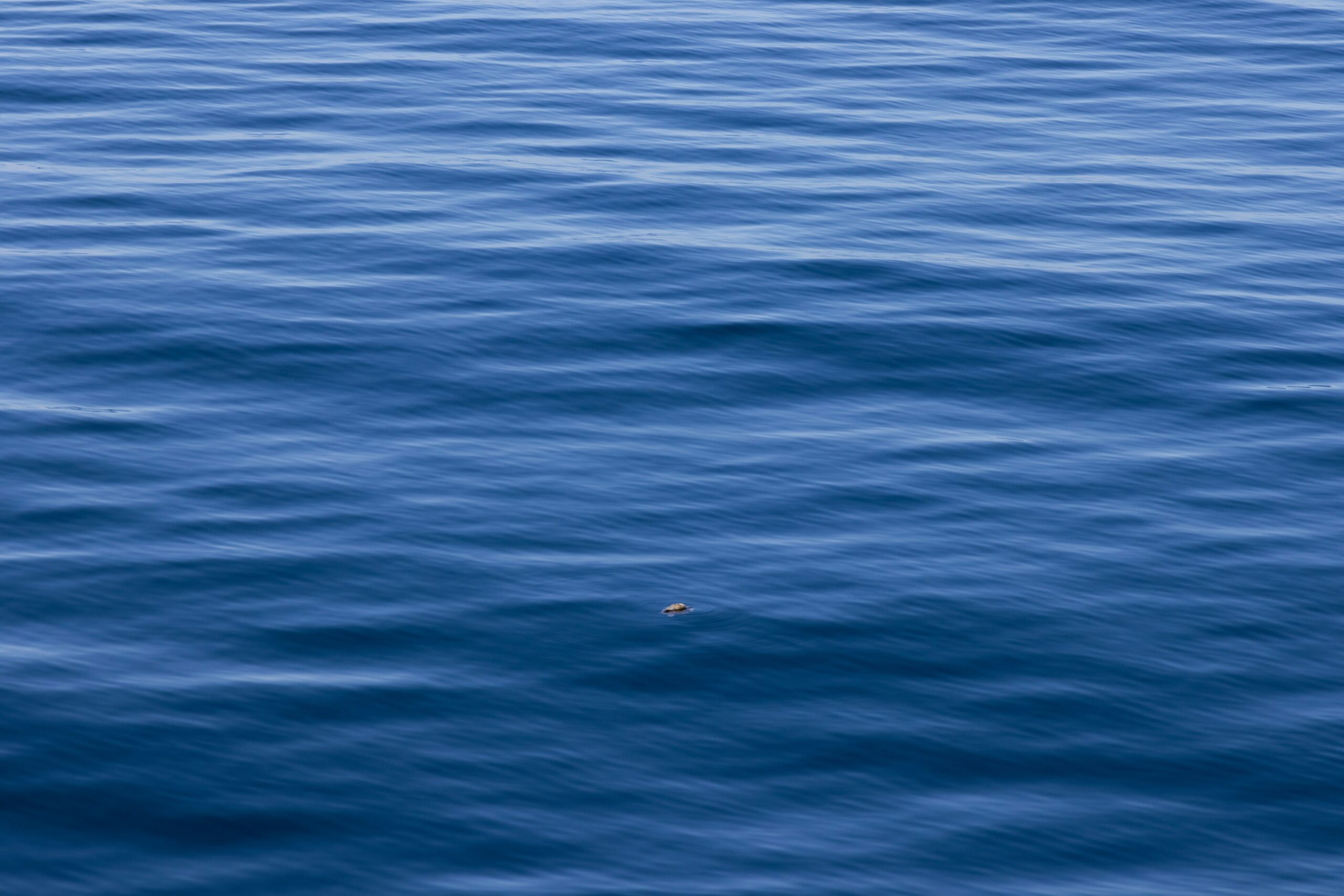Table of Content
The ocean covers over 70% of Earth’s surface, making it one of the most vast and awe-inspiring natural features. Its immense size and depth have sparked human curiosity for centuries, leading to exploration, scientific discovery, and artistic expression. Among the many wonders of the ocean, one question frequently arises: Why is ocean water blue?
To understand why ocean water is blue, we need to look at how light works and how it interacts with the water. Along the way, we’ll also consider how the blue color of the ocean affects our perception of the world and how it reflects the ocean’s importance to our planet.
The Basics of Light
Light is part of the electromagnetic spectrum, and what we see as “visible light” is actually made up of different colors, each corresponding to a different wavelength. These colors range from violet, which has the shortest wavelengths, to red, which has the longest wavelengths.
When sunlight reaches Earth, it looks white to us, but it’s actually a mix of all these colors. When light interacts with objects, it can be absorbed, reflected, or scattered. The way light interacts with matter determines what color we see.
How Water Affects Light
Now, let’s focus on ocean water. Even though water is clear when we look at a small amount of it, in large quantities, like in the ocean, it has a color of its own. Why is ocean water blue? The answer lies in how water absorbs and scatters light.
When sunlight hits the ocean, water absorbs colors from the red part of the spectrum more easily than colors from the blue part. This happens because of the structure of water molecules, which are better at absorbing long wavelengths of light (like red, orange, and yellow) than shorter wavelengths (like blue and violet). As the light goes deeper into the water, the reds and yellows get absorbed first, leaving mainly the blue light behind. This is why ocean water is blue.
This effect is related to a phenomenon called Rayleigh scattering, which is the same process that makes the sky look blue. In water, the molecules scatter shorter wavelengths of light—mostly blue—in all directions. Since our eyes are more sensitive to blue light, and violet light gets absorbed or scattered by particles in the water, we see the ocean as blue.
Factors That Change Ocean Color
The color of the ocean isn’t always the same; it can vary from deep blue to turquoise, green, or even brown or gray. Several factors influence these changes in color, including water depth, the angle of sunlight, and the presence of particles or organisms in the water.
- Water Depth: The deeper the water, the bluer it looks. In shallow areas, especially near the coast, the ocean may appear green or turquoise. This happens because, in addition to scattering light, the water reflects light off the seafloor and interacts with substances like algae, sand, and coral. In deeper waters, where the bottom isn’t visible, the blue light dominates, making the water look a deeper blue.
- Sunlight Angle: The angle of the sun also affects why ocean water is blue. When the sun is low in the sky, like during sunrise or sunset, the light has to pass through more of the atmosphere, scattering more blue light and letting reds and oranges dominate. That’s why the ocean can look golden or reddish at those times.
- Particles and Organisms: Particles or organisms in the water can change its color too. For example, areas with a lot of phytoplankton, tiny plants that float in the water, can make the ocean look green. This is because phytoplankton contain chlorophyll, which absorbs blue and red light but reflects green light. Similarly, sediments, pollution, or organic matter can make the ocean look brown or gray.
These color changes provide important clues about the health and composition of the ocean. Scientists use satellite images that track changes in ocean color to monitor things like algae growth, water quality, and the impacts of climate change on marine life.

The Human Connection to Ocean Blue
While the science behind why ocean water is blue is based on light and water molecules, the way we experience that blue color is connected to our emotions and perceptions.
Blue is often associated with calmness, peace, and depth. Looking out over a blue ocean can make us feel at ease, as if the water invites us to ponder the mysteries of life. The ocean’s blue can also stir up feelings of curiosity and adventure, reminding us of the unknown and the desire to explore new places.
However, the ocean’s blue can also remind us of its power and unpredictability. Dark blue, stormy seas can evoke a sense of fear and respect for the ocean’s immense strength. The ocean gives life, but it can also take it away, and its blue color reflects this balance.
On a larger scale, the blue of the ocean is crucial to Earth’s climate and life systems. The ocean absorbs and stores large amounts of heat from the sun and helps to distribute it around the world through ocean currents. It also absorbs a lot of the carbon dioxide that humans release into the atmosphere, helping to slow down climate change. In this way, the blue color of the ocean is more than just beautiful—it’s essential for life on Earth.
Protecting Our Blue Oceans
The blue of the ocean is more than just a color; it represents the health of our planet. Unfortunately, human activities like pollution, overfishing, and burning fossil fuels are threatening this delicate balance. As the ocean warms and becomes more acidic, and as marine life struggles, the very nature of why ocean water is blue could change in some places.
For instance, as the climate changes, certain parts of the ocean may become less productive, leading to shifts in phytoplankton populations that could alter the ocean’s color on a global scale. This could have significant consequences for marine life and the communities that rely on the ocean for food and livelihoods.
Despite these challenges, there is hope. By understanding why ocean water is blue, we can better appreciate the need to protect it. Efforts to reduce carbon emissions, prevent pollution, and conserve marine habitats can all help preserve the blue oceans that are so vital to life on Earth.

Conclusion: Why Ocean Water Is Blue Matters
The question of why ocean water is blue takes us on a journey through the science of light, water, and human experience. The blue color of the ocean is a result of the way water absorbs and scatters light, and it’s influenced by factors like depth, sunlight, and particles in the water. But beyond the science, the ocean’s blue color represents something deeper: the profound importance of the ocean to our planet and to our lives.
As we gaze at the blue ocean, we are reminded of our connection to nature and our responsibility to protect it. The blue of the ocean is a treasure worth safeguarding—not just for its beauty, but for the future of all living things. So, when we ask why ocean water is blue, we’re really asking how we can preserve the health and beauty of our blue planet for generations to come.

Leave a Reply